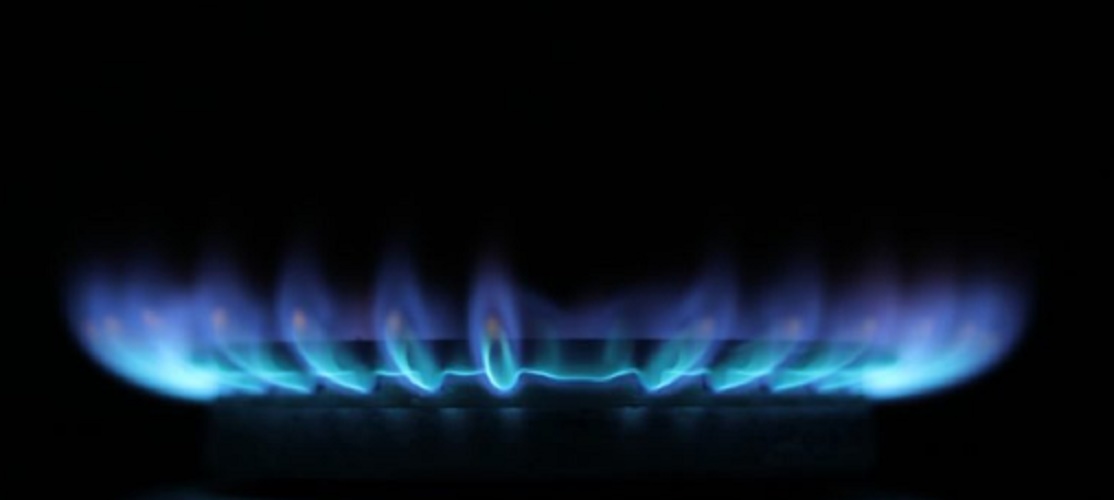What is the gaseous state?
We explain what the gaseous state is and some of its properties. In addition, the transformation of matter into a gaseous state and examples.
-
What is the gaseous state?
A gaseous state is understood as one of the four states of aggregation of matter , together with the solid, liquid and plasma states. Substances in a gaseous state are called “gases” and are characterized by having their constituent particles little joined together , that is, expanded along the container where they are located, to cover as much as possible the available space.
The latter is due to the fact that they have a very slight force of attraction , which means that the gases lack a defined shape and volume , taking those from the container that contains them, and also having a very low density , since their particles are in a state of relative disorder, moving or vibrating very quickly.
In this way, the molecules that make up the matter in a gaseous state do not manage to hold each other firmly and stay together with difficulty, being even less affected by gravity , compared to solids and liquids: that allows them float up. Despite their almost zero cohesion, the gases have an enormous capacity to be compressed , which is often carried out during their industrial treatment for transport.
The physical properties of a given gas (color, taste, smell) may vary depending on the elements that constitute it or that are dissolved in it. For example, ordinary air is colorless and odorless and tasteless, while hydrocarbon gases such as methane have a typical unpleasant smell and may have color .
Transformation of matter to the gaseous state
It is possible to bring certain liquids or solids to the gaseous state, generally subjecting them to drastic and sustained changes in temperature and / or pressure . In the same way, but in the opposite direction, a gas can be transformed into a liquid or a solid . These processes can be studied separately, as follows:
- From liquid to gas: evaporation . This process occurs daily, just by injecting heat energy into the liquid until its temperature exceeds the boiling point (different depending on the nature of the liquid). Water, for example, boils at 100 ° C and passes into gas (steam).
- From solid to gas: sublimation . In some cases, solids can go directly to the gaseous state without first going through liquidity. A perfect example of this occurs at the planet’s poles, where the temperature is so low that the formation of liquid water is impossible, but still ice and snow sublimate directly to the atmosphere .
- From gas to liquid: condensation . This process is contrary to evaporation and has to do with the subtraction of heat energy from the gas, causing its particles to move more slowly and get together more strongly. It is what happens in the atmosphere when, when moving away from the earth’s surface, the water vapor loses temperature and forms clouds that, eventually, precipitate the drops of water back towards the ground: rain.
- From gas to solid: reverse sublimation . This process can also be called crystallization , in some specific contexts. And it takes place under specific pressure conditions, which force the particles of a gas to gather beyond what they usually are, taking them directly to the solid state without first going through liquidity. An example of this is the semi-solid frost, which appears on the windows of a winter day.
-
Examples of gaseous state

Some everyday examples of matter in a gaseous state are:
- Water vapor . As we have said, the evaporating water changes state and becomes steam: something verifiable perfectly when we cook, and when boiling certain liquids we can see the steam column emerging from the pot.
- Air . The air we breathe is a homogeneous mass of gases of various kinds, such as oxygen, hydrogen and nitrogen, which are generally transparent, colorless and odorless.
- Butane . It is an organic gas, derived from petroleum , composed of flammable hydrocarbons. That’s why we use it to generate heat and feed our kitchens, or smokers’ lighters.
- Methane . Another hydrocarbon gas, a frequent byproduct of the decomposition of organic matter, can be found in large quantities in swamps, mudflats, or even in the intestines of the human being . It has a characteristic unpleasant smell.




